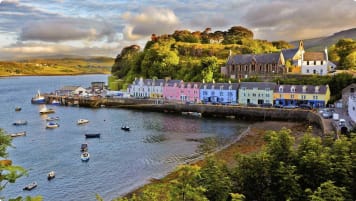Bell Rock Lighthouse
Designed by Stevenson Family, an amazing engineering feat in the Victorian age of Britain and the industrial revolution. An Antipodean travel company serving World Travellers since 1983 with small group educational tours for senior couples and mature solo travellers.
3 Apr 23 · 9 mins read
Bell Rock Lighthouse
The Bell Rock Lighthouse is the world’s oldest surviving rock lighthouse. Built between 1807 and 1810 by renowned engineer Robert Stevenson, it stands on a partially submerged reef in the North Sea, 11 miles from Arbroath off the east coast of Scotland. Before the construction of the lighthouse, this vicious granite tidal reef, known as Bell Rock or the Inchcape Rock, had been responsible for hundreds of shipwrecks. Treacherously it would hide under some 16 feet of water, uncovered only briefly at low water. This created numerous practical difficulties for its construction, with hazardous, limiting, and difficult working conditions. Stevenson’s ability to overcome these engineering challenges has led some to describe the lighthouse as one of the Seven Wonders of the industrial World.
It stands at 115 feet in height, 42 in diameter at the base, tapering to 15 feet in diameter at the top, with its light visible from 52 km inland. Its foundations, 31 feet of solid, dovetailed granite, give the tower both flexibility and strength. The sea can claw as much as it like at the foundations but cannot penetrate the curved stone. Constructed to such a high standard, there has been no need to replace the masonry work on which the lighthouse rests in the 200 years since.
This article explores the history of the construction of the Bell Rock Lighthouse. Much of the information is sourced from Bella Bathurst’s book The Lighthouse Stevensons, It has been written as background reading for Odyssey Travellers Scotland’s West Coast small group tour for mature and senior travellers, during which we visit several of the Stevensons’ lighthouses.
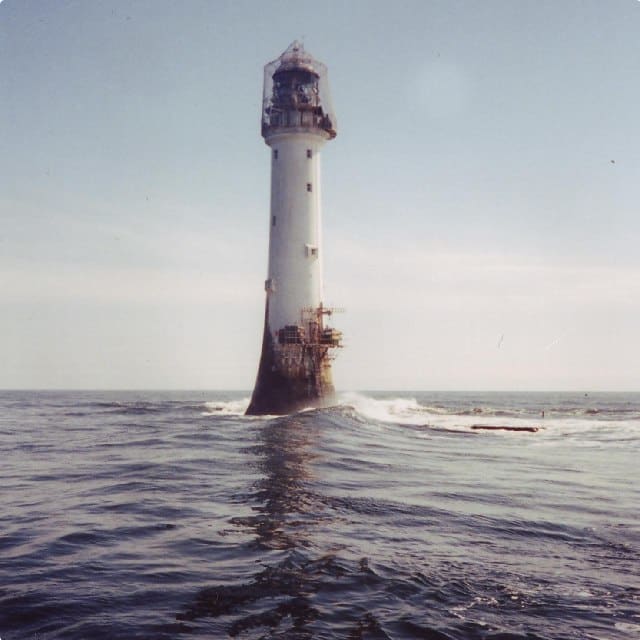
The Struggle for a Lighthouse at Bell Rock
Before the construction of the lighthouse, the Bell Rock continuously wrecked ships year after year. The reef’s danger lay in the fact that, except for a few hours each day at low tide, it was under the sea’s surface. Even at low tide, rocky spikes protruded only a little way out of the sea, and the strong currents and white water along the water surface meant the area was only visible from a distance. At high tide, the reef vanished under some 16 feet of water.
Those who tried to avoid it often sailed too close to land and grounded themselves on the jagged coastline nearby. Those who sailed too far to the west encountered the dangers of the rough North Sea. By the turn of the 19th century, it was calculated that on average the Bell Rock wrecked six ships every winter, with thousands of lives lost in all. This presented a severe danger and a strong discouragement to shipping in the area.
At various times, concerned captains, shipowners, sheriffs, and landowners all wrote to the Commissioners of the Northern Lighthouse Board – the general lighthouse authority for Scotland – pleading for a light at the Bell Rock. Petitions were raised and schemes debated, with endless solutions proposed, such as replacement bells, lights on stone or wooden pillars, and even lights on rafts.
The commissioners were intransigent, however, in their refusal to do something about it. Although they claimed to be sympathetic to the concerns of the seafaring men, they lacked the funds to attempt such an expensive and hazardous project. They also needed the permission of Parliament for any further lights, a process which would take many months, maybe even years. Plus, anyway, Bell Rock was considered to be an impossible site, with no engineer in existence foolish enough to attempt even a platform on it.
The Advocacy of Robert Stevenson
By 1800, the Northern Lighthouse Board considered the matter done and dusted: there would be no lighthouse at Bell Rock. Robert Stevenson, engineer to the Lighthouse Board (and founder of the Stevenson dynasty of engineers), however, had other ideas. In October that year, he visited the rock and was convinced that a light on the rock was both possible and necessary. Building a tower on a submerged rock would be an awkward endeavour, but it wouldn’t be impossible.
To build a lighthouse on such a location, capable of bearing the onslaught of storm waves, Stevenson would base his design on those of English lighthouses. Robert had made several trips to England in the years prior and was intrigued by the altogether different principles used in their design and construction. The main variations were in materials, with the English using timber and metal more than stone.
The most famous of all English lighthouses, and the one which most interested Robert, was the Eddystone Lighthouse. It was the first light to be built offshore in Britain, and had a history of multiple constructions, finally perfected by John Smeaton in 1759. He had built the whole structure from stone to ensure that it was heavy enough to resist the worst of storms. Instead of making the tower conical, he designed a tapering base to give it the greatest possible solidity on the rock and the maximum buttressing above.
Bathurst writes that the Eddystone Lighthouse “proved that lighthouses, could be built in apparently impossible conditions, could be constructed to be both tough and flexible, and could withstand the sea for hundreds of years.”
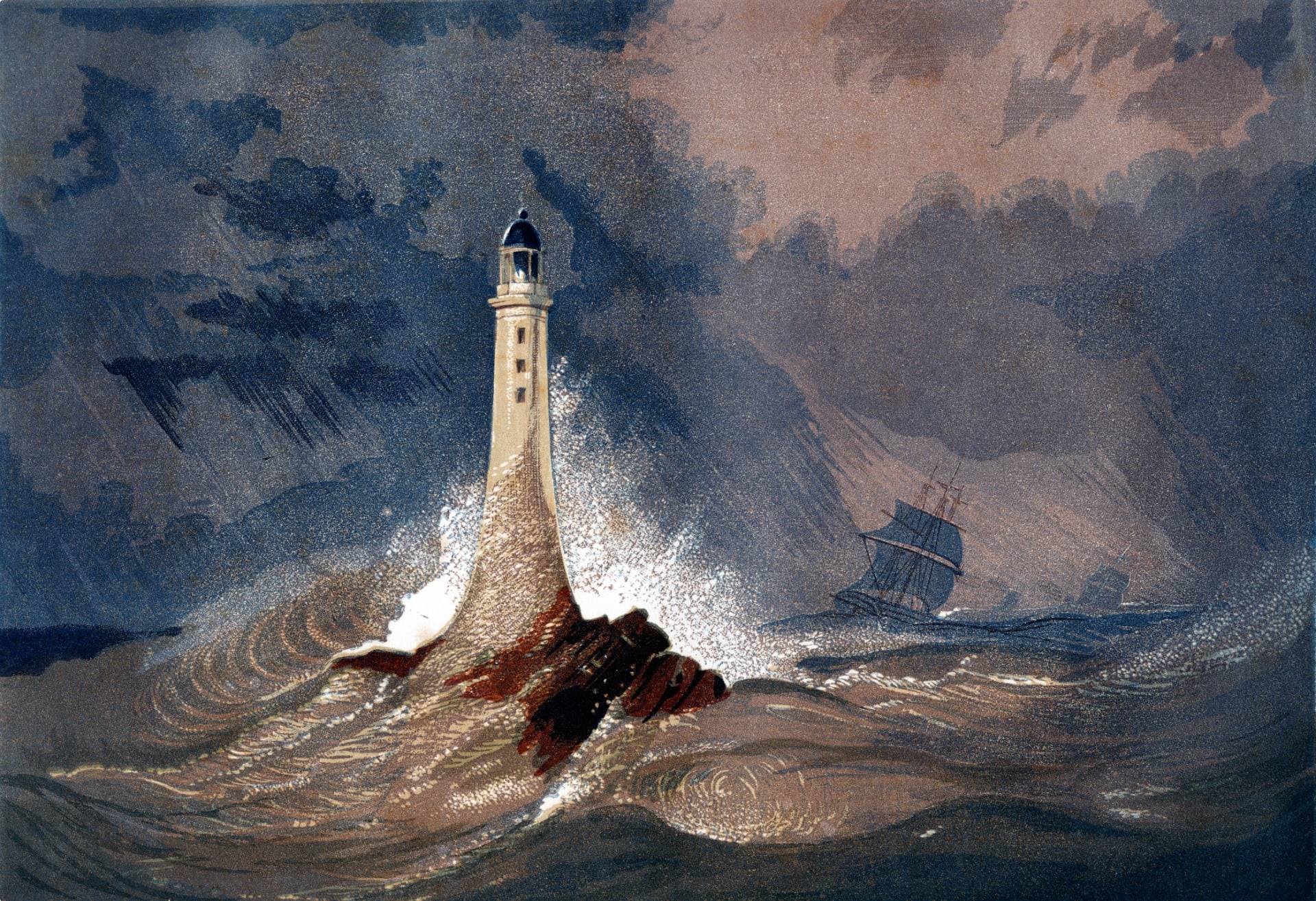
So, from 1800 onwards, Stevenson lobbied, cajoled, and pressured the Commissioners to be able to design and build a suitable lighthouse. His plan was to build in much the same way as Smeaton’s Eddystone light was, using dovetailed granite and tapering gently upwards towards the lantern. He would make several improvements though. For one, it would have a more gradual slope in order to better resist the violent pressures of the Bell Rock. Plus, a stone tower would be more durable and last longer than any structure of metal.
Stevenson estimated that the project would indeed be expensive – an astounding 42,000 British pounds. Nevertheless, he contended the Commissioners should weigh the cost of a lighthouse against the price of another century of wrecks and deaths. Furthermore, he considered himself the best qualified candidate to build the light, with over ten years experiencing applying himself to the science of lighthouses, understanding them better than any other engineer in Britain.
Despite Stevenson’s lobbying skills though, the Commissions remained unmoved. They argued Stevenson was still too young and untried, the expense still too great, the enterprise too dangerous, and the precedents insufficiently tested.
Then, in 1804, the warship HMS was wrecked on Bell Rock, sinking along with all 491 people on board. This caused an uproar in Parliament. Seizing the opportunity, Stevenson sent his designs to John Rennie, one of the most renowned engineers In the country. Impressed with what he saw, Rennie agreed to join the project as a consulting engineer. With this, the Northern Lighthouse Board could no longer resist the pressure to approve the lighthouse and agreed to submit the plans to Parliament.
The submission was a success. In 1806, Parliament passed legalisation allowing the board to borrow 25,000 pounds to cover the cost. The contract to design and build the lighthouse was then awarded to Rennie, with Stevenson as his assistant.
Construction of Bell Rock Lighthouse
The construction process of Bell Rock Lighthouse began in 1807. Progress was slow, however, with all building work bounded by time and tide. Rough weather meant it was impossible to get near the rock in the winter months, so all work had to take place between May and September each year. And initially it could only be done for a few hours twice a day during low tide.
To begin, the workers lived on board a ship, the Smeaton, moored 1 mile (2km) off the rock, rowing out to the reef each day at low tide. This was time consuming, however. Plus, at one point, while the workers were on Bell Rock, the Smeaton accidentally broke free from her mooring and drifted off some three miles. Thirty-two men were left stranded on the reef with only two small boats, which were unable to carry them all off to safety in time before the rising tide. Things looked grim until, in what was a miraculous piece of luck, a large boat transporting letters from nearby Arbroath arrived just in time and was able to save the men.
In response, Stevenson planned to build temporary workmen’s quarters on tall wooden struts alongside the site of the lighthouse. This, he argued, would allow the builders to stay for longer at the site and short circuit the need to make endless shore trips for supplies or rest. The Commissioners at first thought this was a deluded idea, but, with a little more argument, Stevenson was given the authority to do so.
The first work Stevenson and his crew did was excavate a round, two-foot-deep foundation pit in the rock. The first twenty-five courses of granite stones were then to be laid in the pit to provide a solid base for the lighthouse. Bathurst writes, “That crucial thirty-one feet of solid, dovetailed granite would give the tower both its flexibility and its strength; the sea could claw as much as it liked at the foundations, but would encounter the minimum resistance from the curved stone.”
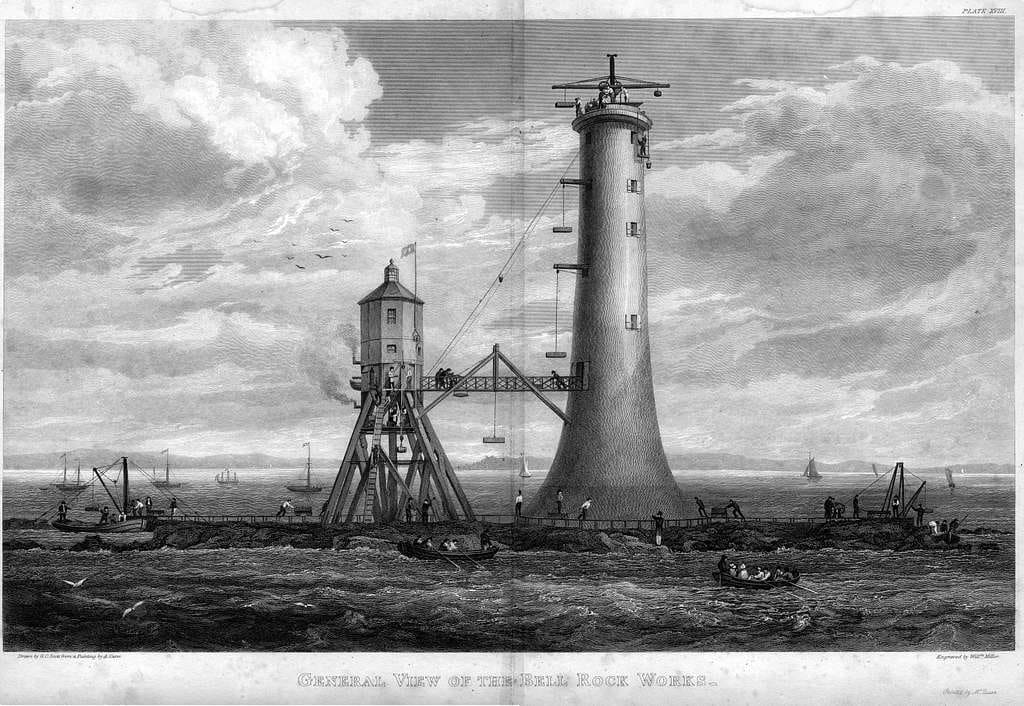
By the autumn of 1808, the workmen’s quarters and the first three courses of stone had been laid. At this point, the lighthouse rose four feet above the reef. When worked stopped at the end of August the following year, the solid foundations had been completed. Consisting of 1,300 tons of granite, the lighthouse now towered 31 feet above the rock, with the top seventeen visible even at high tide.
In the meantime, Rennie had been spending less and less time on the project, finding it difficult and the site too dangerous. In 1809, he made no visit and did not submit his customary report to the Commissioners. Instead, Stevenson became the de facto head architect, ignoring Rennie’s plans and working on his own. Eventually, the Northern Lighthouse Board would give full credit to Stevenson for the lighthouse, as have historians since then.
Stevenson was determined to finish the lighthouse in the 1810 season. Work started in mid-April, and despite storms that delayed work by several days, by early June they had finished the first floor. This was a fidgety task, since it was necessary now not just to dovetail the blocks, but to ensure that their outer edges and the tapering gradient never unbalanced the shape of the building. Work was further made difficult by the high winds whipping the workers on narrow scaffolding as they worked mortar into joints in the exterior masonry. Despite the difficulties, work progressed quickly, and final stone was able to be laid on 30 July, the completed lighthouse rising 115 feet into the sky.
All that had to be done then was to fit the lantern and display the light. A heavy storm in August, however, delayed the process. For four days the storm pounded the reef and made the building tremble, with waves reaching well over the top of the tower.
It then took another two months for the new lantern glass to be fitted and ready. A new kind of glass was required for this, built to withstand heavy seas and sizeable enough to be seen from a distance. The solution was to place panes of red glass which, when turned, gave the Bell Rock an alternately red and white beam. This was the first revolving light in Scotland – a clear signal to ships that this was the Bell Rock beacon. Finally, on the first of February, 1811, the Bell Rock lighthouse was lit for the first time, sending a clear beam over the sea.
Over 200 years later, the lighthouse still stands. So perfect was its construction, and the standard of masonry so high, that it has not had to be replaced or adapted at all since then. Today it appears much as it always has as it continues its vital job warning ships away from the hazardous reef.
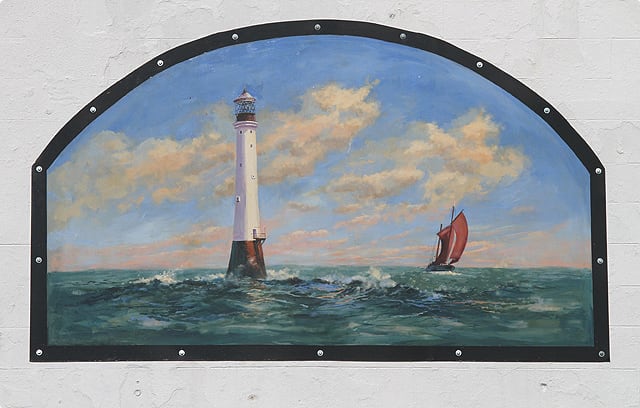
Tour of Scotland’s Lighthouses
Odyssey Traveller visits several of Scotland’s famous lighthouses during our Scotland’s West Coast small group tour.
This twenty six day small group tour of Scotland’s West Coast is for the senior couple or mature solo traveller who wants to really explore the beauty of Scotland’s magnificent landscape, particularly in the Highlands and Islands. Our fully escorted tour takes us from the historic Orkney Islands in the north, all the way down to the Mull of Galloway in the far south of the country. On the way we visit the Outer Hebrides, Skye and the Island of Mull. We drive through atmospheric Glencoe, travel around mysterious Loch Ness, and take the famous rail journey between Fort Willian and Mallaig. There will be time to stop to admire lochs and glens, seals, sea eagles and highland cows, historic castles, and of course lighthouses (including the Cape Wrath lighthouse and Mull of Galloway lighthouse, both designed and built by Robert Stevenson in the late 1820s).

Articles about Scotland published by Odyssey Traveller
The following list of articles published by odyssey Traveller for mature aged and senior travellers to maximise their knowledge and enjoyment of Scotland when visiting:
- Birth of Scotland
- Questions about Scotland
- Peat & Scotland
- Shetland Islands Discovered
- Questions about the Outer Hebrides
- Visiting Scotland
- Scotland & Scotch Whisky
- Visiting Edinburgh places to consider visiting
- Country Spotlight; Scotland
- Nelson Mandela Place; a Glasgow story
- Glasgow’s Architectural heritage
- Stone circles
For all the articles Odyssey Traveller has published for mature aged and senior travellers, click through on this link.
External articles to assist you on your visit to Scotland
Related Tours
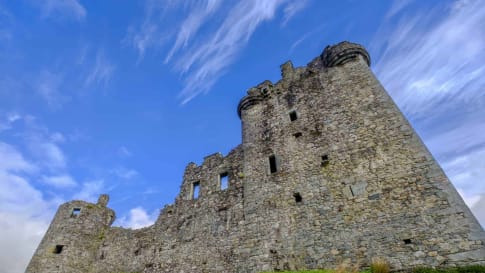
22 days
Jul, Sep, Jun, AugScotland small group tour | Tracing 5,000 years of history
Visiting Scotland
This guided tour of Scotland with a tour leader and local guides includes the isle of Skye, Orkney islands, the Scottish highlands with breathtaking scenery. Edinburgh including the royal mile, Palace of Holyroodhouse, Fort William, Urquhart castle, Stirling castle, loch lomond, Hadrians wall and New Lanark also a UNESCO World heritage site.
From A$15,995 AUD
View Tour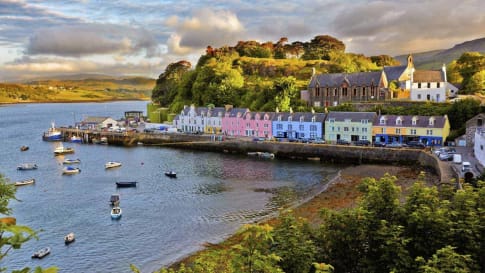
20 days
May, Jul, Aug, SepScottish Islands and Shetland small group tours for seniors
Visiting Scotland
An escorted small group tour for couples and solo travellers of the Scottish isles including the isle of Skye draws on local guides to share their knowledge of the destinations in this unique part of Scotland. UNESCO world heritage site are visited as breathtaking scenery and authentic experiences are shared in a group of like minded people on this guided tour of remote Scotland.
From A$17,525 AUD
View Tour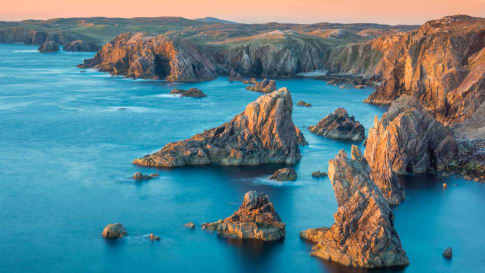
26 days
Sep, Apr, May, AugScotland's West Coast small group tour
Visiting Scotland
Explore the West of Scotland, join the gulf stream and visit and spend time with a small group educational tour for senior couples and mature solo travellers visiting with time to explore in depth, Skara Brae, Mull, Iona, Oban and Glasgow and the communities of the Atlantic.
From A$21,935 AUD
View Tour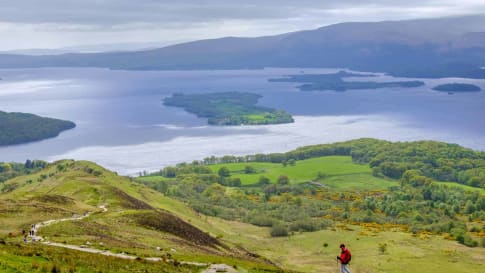
13 days
Jun, Aug, MayScotland's Great Trails Walking Tour
Visiting Scotland
An escorted walking tour of Scotland. This trip is mainly in the Scottish Highlands. Your tour leader guides you to Stirling Castle, Loch Lomond and Craignorms National park with experienced local guides. The tour for mature couples and solo travellers finishes in Edinburgh with time to visit Edinburgh Castle and the Royal mile a UNESCO World heritage site.
From A$11,560 AUD
View Tour
5 days
Jun, JulEdinburgh City Tour
Visiting Scotland
A guided tour of the capital of Scotland, Edinburgh is a day tour collection with a tour leader and local guides. The old town of Edinburgh including the Royal mile and New town of Edinburgh are a UNSECO world heritage site and are included in our itineraries as well the Palace of Holyroodhouse.
From A$4,795 AUD
View Tour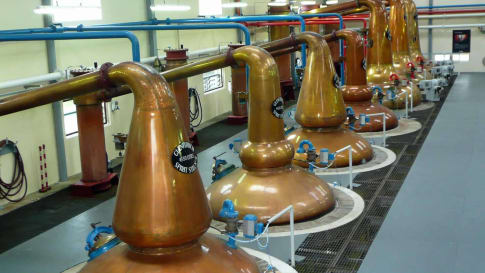
19 days
JulWhisky and Other Scottish Wonders
Visiting Scotland
A guided small group tour of Scotland is a day tour collection that includes Edinburgh, the royal mile, Edinburgh castle, and the old town a UNESCO World heritage site Experience and learn about, Kellie castle, St Andrews, Skye, Balmoral castle, Loch Lomond and Loch Ness as well touring the Scottish highlands to finish in Glasgow.
From A$18,395 AUD
View Tour
From A$13,915 AUD
View TourRelated Articles
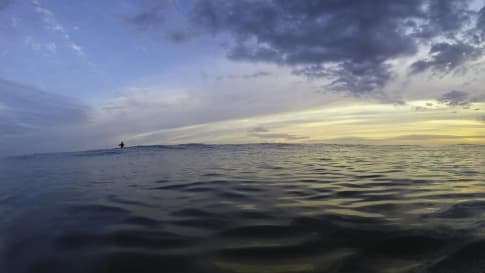
Atlantic Ocean and How it Shaped Ancient Communities In Europe
Article of interest for senior couples and mature solo travellers joining a small group European tour to Faroe Islands, Scottish Isles, Morocco or Portugal. Focus is on the early exploration of the Atlantic.
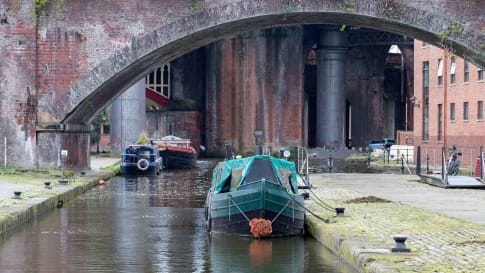
Britain: First Industrial Nation
Britain: The First Industrial Nation In the mid-18th century, the Industrial Revolution was largely confined to Britain. Historians and economists continue to debate what it was that sparked the urbanisation and industrialisation that would change…
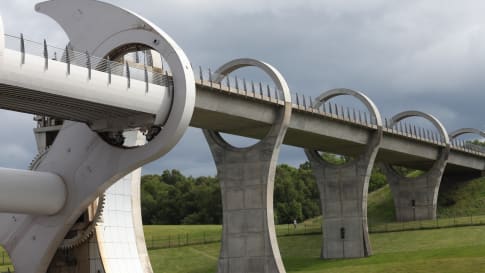
Falkirk Wheel
Article building on Queen Victoria's Britain and the Industrial revolution as well as Scotland. Part of small group tours for mature and senior travelers couples or solo visiting Britain.
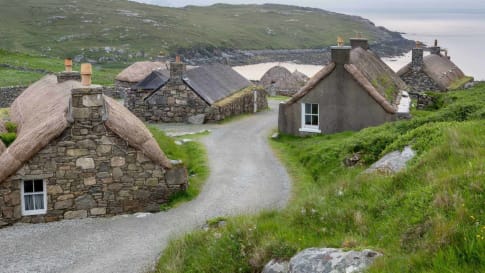
Islands of the Outer Hebrides: The Definitive Guide for Travellers
Scotland's Outer Hebrides are discussed in this article to assist the mature solo and couple in planning to visit Scotland and the British isles on a small group tour.
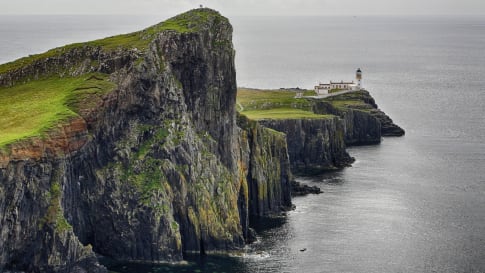
Scotland's Lighthouse Keepers
An Antipodean travel company serving World Travellers since 1983 with small group educational tours for senior couples and mature solo travellers. Articles about Scotland, its cities such as Glasgow and Edinburgh, the islands and its Prehistoric heritage including standing stones and viking heritage are all published to support your knowledge before you travel with Odyssey.
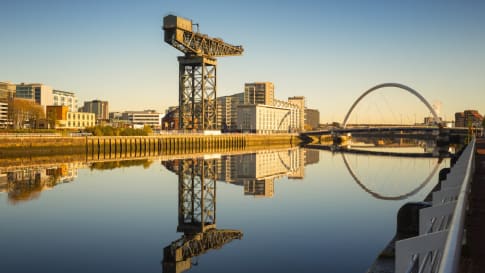
Shipbuilding on the River Clyde
Glasgow's Clyde river has an important place in Scotland's history both as a port and shipbuilder. Read and learn about the contribution to the Industrial revolution and beyond that period in this article and others on Scotland. Odyssey Traveller is an Antipodean travel company serving World Travellers since 1983 with small group educational tours for senior couples and mature solo travellers.

Stevenson Family Lighthouse Engineers
Article about the generations of Stevenson's building lighthouses along the islands of Scotland and the Scottish coast.An Antipodean travel company serving World Travellers since 1983 with small group educational tours for senior couples and mature solo travellers.

